On May 9, 2025, Business Insider reported a high-stakes competition unfolding in the Arctic, where NATO Countries and Russia are racing to develop drones capable of operating in one of the planet’s harshest environments. This technological showdown, driven by geopolitical tensions, underscores the growing role of unmanned aerial vehicles (UAVs) in modern warfare and surveillance, particularly in a region where temperatures can plummet to -40°F.
Challenges of Arctic Drone Operations
The Arctic’s extreme conditions pose significant hurdles for Drone Technology. Nicolas Jouan, a defense and security analyst at RAND Europe, told Business Insider, “Most Uncrewed Aerial Vehicles, or UAVs, are powered by batteries, which are badly affected by cold weather.” He also highlighted connectivity issues, noting that “satellites, though, can provide only ‘reduced and unreliable’ GPS coverage in the Arctic.” These challenges degrade battery life, navigation systems, and flight time, as confirmed by Col. Joshua Glonek of the US 3rd Brigade Combat Team, who shared that during recent extreme cold-weather training in Germany, “what we found was battery life was significantly degraded in the cold and affected the flight time and the ability of us to employ some of our drones.”
Additionally, sensors like cameras and LiDAR, which use lasers to measure distance and map terrain, struggle in adverse weather. Gregory Falco, an assistant professor at Cornell University, explained, “The biggest challenge for developing drones for Arctic warfare is the sensing in a heavily denied environment.”
Russia’s Head Start and NATO’s Response
Russia has a lead in Arctic drone development, with models like the Orlan-10 and Inokhodets already deployed, alongside the S-70 Okhotnik, a plane-sized combat drone designed for attack and surveillance missions. The S-70’s capabilities remain closely guarded—Russia even shot one down in 2024 to prevent it from falling into Ukrainian hands. James Patton Rogers, a drone expert at Cornell University, warned that Russia could soon deploy “armed systems that are constantly patrolling those areas,” potentially monitoring the North Sea Route connecting Europe and Asia.
NATO countries are accelerating their efforts to catch up. In May 2024, Denmark and Norway announced joint drone reconnaissance operations using the MQ-4C Triton, a long-range UAV designed for high-altitude surveillance. The Center for Strategic and International Studies noted that the Triton is among the few Western-made drones capable of operating effectively in Arctic conditions, though its size makes it a vulnerable target for Russian defenses. Norway is also set to establish a drone surveillance base in Andøya, a strategic hub in the region, as reported by The Barents Observer.
Implications for Drone Technology and Geopolitics
This race highlights the urgent need for advancements in cold-weather drone technology. Zak Kallenborn, a drone warfare analyst, noted that while commercial drones have proven effective in conflicts like Ukraine, “some small drones have been developed to handle cold weather conditions, but I don’t know if they can handle as cold as the Arctic.” For NATO, developing resilient UAVs means overcoming battery degradation, improving satellite-independent navigation, and enhancing sensor reliability in extreme conditions.
Geopolitically, the stakes are high. Russia’s drone advantage could expand its regional influence, while NATO’s collaboration—seen in joint exercises like those conducted by the US and Danish troops near the North Pole in February 2024—aims to counter this threat. Falco emphasized the need for cooperation, stating, “We need to rely on these partners to be at parity in the Arctic domain.” The focus, as a 2024 Center for Strategic and International Studies report suggests, should be on quantity over quality, prioritizing scalable, cost-effective drone solutions to match Russia’s numbers.
As the Arctic becomes a new frontier for drone warfare, the outcome of this technological race will shape the region’s strategic balance, with NATO and Russia vying for dominance in an increasingly contested space.
Photo courtesy of Cole Burston / AFP
Discover more from DroneXL.co
Subscribe to get the latest posts sent to your email.




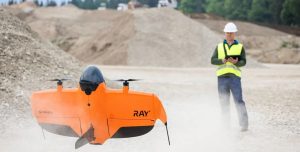
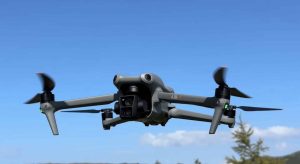
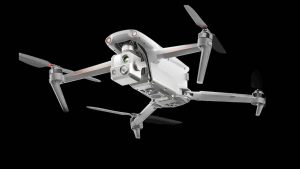
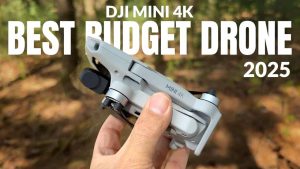




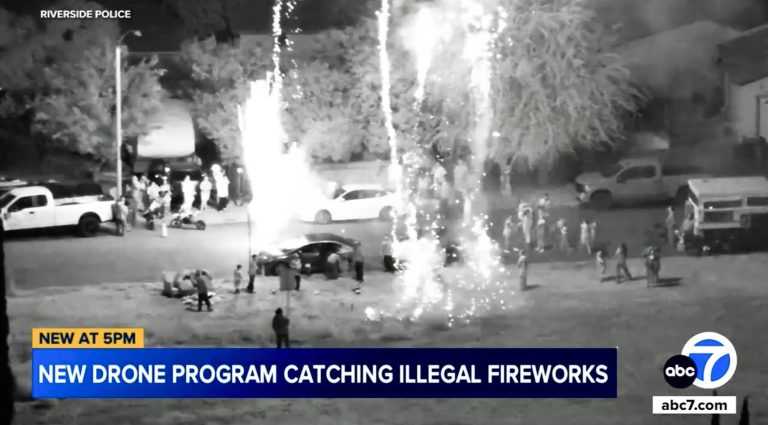
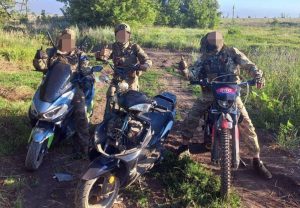
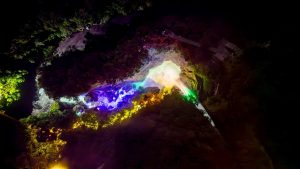
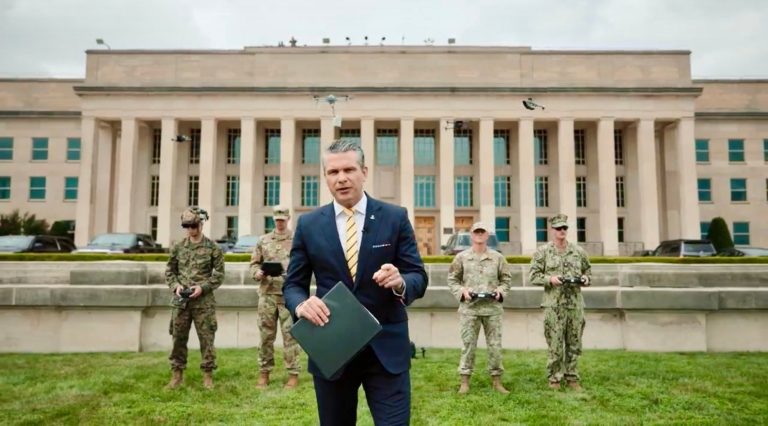
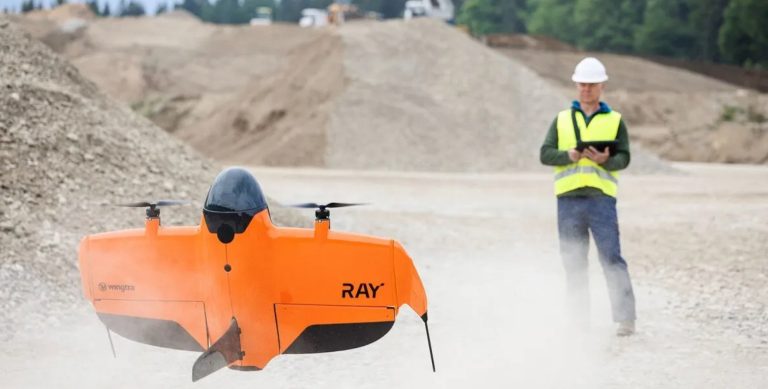
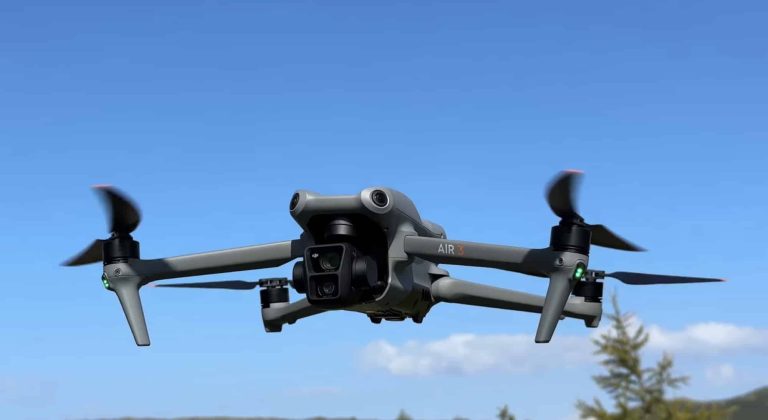
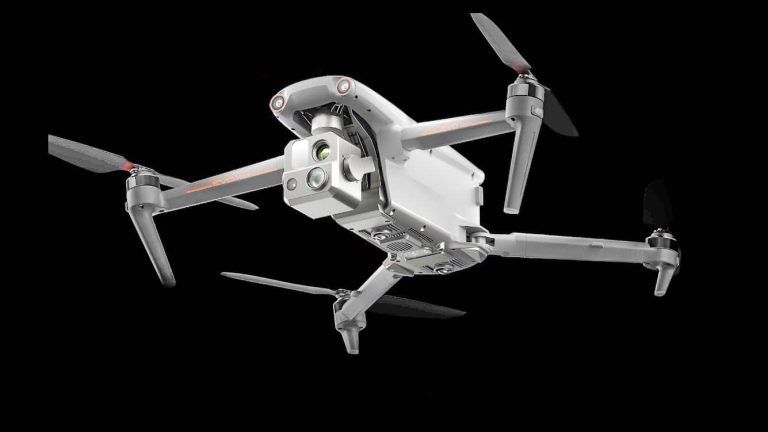
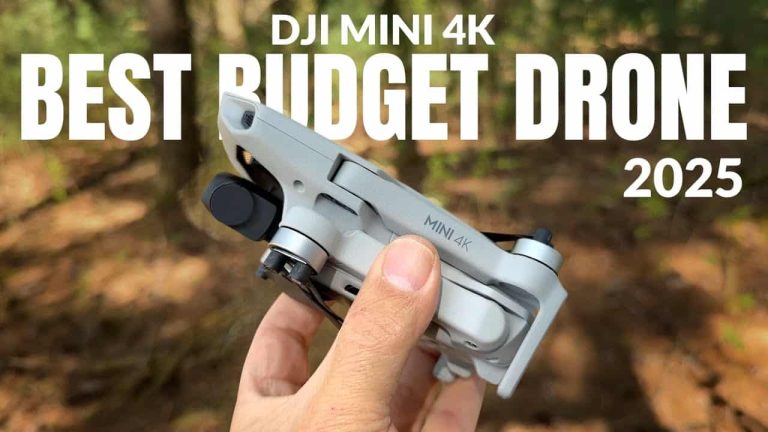
+ There are no comments
Add yours